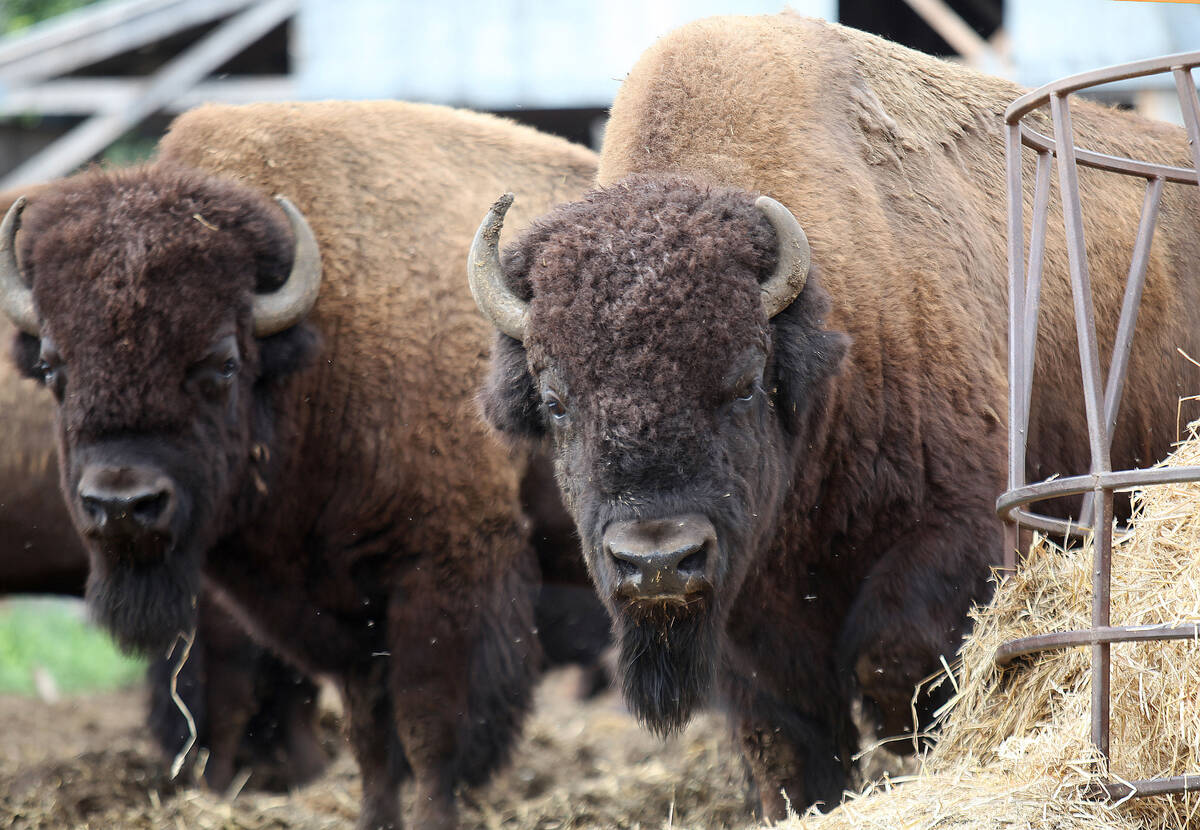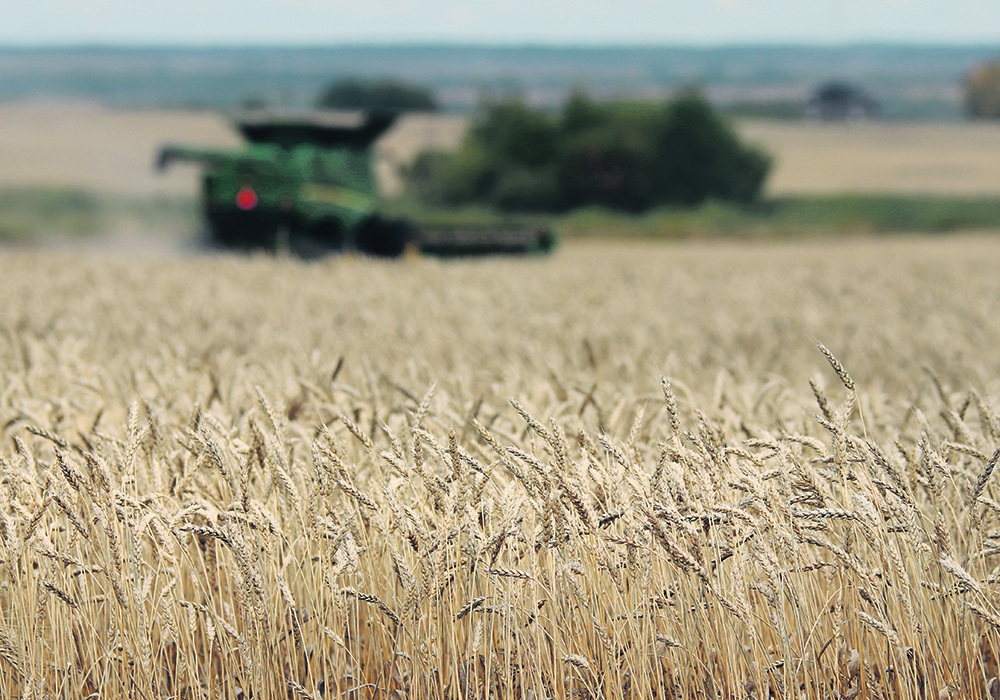Each year, every farm has successes and failures and grain prices always fluctuate, but the good times appear to be waning.
We each play the hand we’re dealt and spend most of our time looking forward rather than back, but in most cases, profitability has eroded quite dramatically over the past several years.
Perhaps some worldwide event or events will change the outlook for grain prices. That has happened before, but as of mid-September, prices are a lot softer than anyone anticipated.
Read Also

Reconciliation and farming require co-operation to move ahead
Indigenous communities in North America were cultivating crops such as potatoes and corn long before anyone from Europe had heard of the crops.
Saskatchewan Agriculture’s 2024 Crop Planning Guide provides a snapshot of the crop prices that were expected at the beginning of this calendar year. They use prices at the time along with new crop contract prices to come up with price estimates to plug into the guide. Alberta and Manitoba have similar publications.
A few of those late December/early January projections are close to the present reality, but in most cases, prices are much lower than anticipated.
Flax is one of the only crops to outperform expectations. The guide used a price of $15 a bushel, while flax is selling for as much as $17 a bu.
On lentils, anticipated prices have proven to be quite accurate. Red lentils were pegged at 30 cents a pound with large green lentils at 50 cents, and that’s very close to current market reality. Large kabuli chickpeas projected to be 45 cents and canaryseed estimated at 36 cents a lb. were only slightly higher than current market prices.
On yellow peas, the price in the guide is $11 a bu., somewhat better than current market prices in the $9.50 to $10 range. Green peas were pegged at $17 a bu., several dollars above current market values.
Feed barley was too optimistic at $5.30 a bu. Depending upon the Saskatchewan location, prices are almost $1 a bu. lower. Oats at $5.25 a bu. was also too optimistic by about $1. Hard red spring wheat was pegged at $8.44 a bu., overshooting the mark by more than $1.
Back in January, a durum price of $11.77 was disappointing, but seemed reasonable. Current market prices are slightly more than $8 with a lot of lightweight durum commanding even lower prices.
Mustard prices have seen an absolute collapse. The guide used 62 cents a lb. for brown mustard and 70 cents for yellow mustard. Current mustard prices are scarcely half those values.
The elephant in the room is canola. It commands the largest seeded acreage in Western Canada and has been the main money earner on most farms. It’s a huge contributor to overall farm cash receipts.
Based largely on prices in the futures market, the canola price expectation back in January was $16.06 per bu. The current price reality is more than $4 a bu. lower. On a 40 bu. per acre crop, that’s a gross revenue difference of more than $160 an acre. The Chinese anti-dumping investigation into Canadian canola has further clouded an already weak price outlook.
As producers make their 2025 cropping plans, penciling in a potential profit has become much more difficult. A few years ago, almost every crop could generate a profit, given at least an average yield. That’s no longer the case.
Maybe something unforeseen will turn markets around, but in the meantime, expect farmers to explore all avenues to gain efficiencies and reduce expenses.
Kevin Hursh is an agricultural journalist, consultant and farmer. He can be reached by e-mail at kevin@hursh.ca.


















